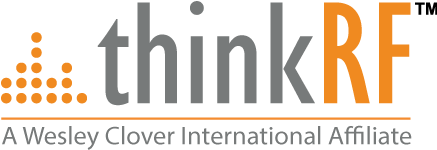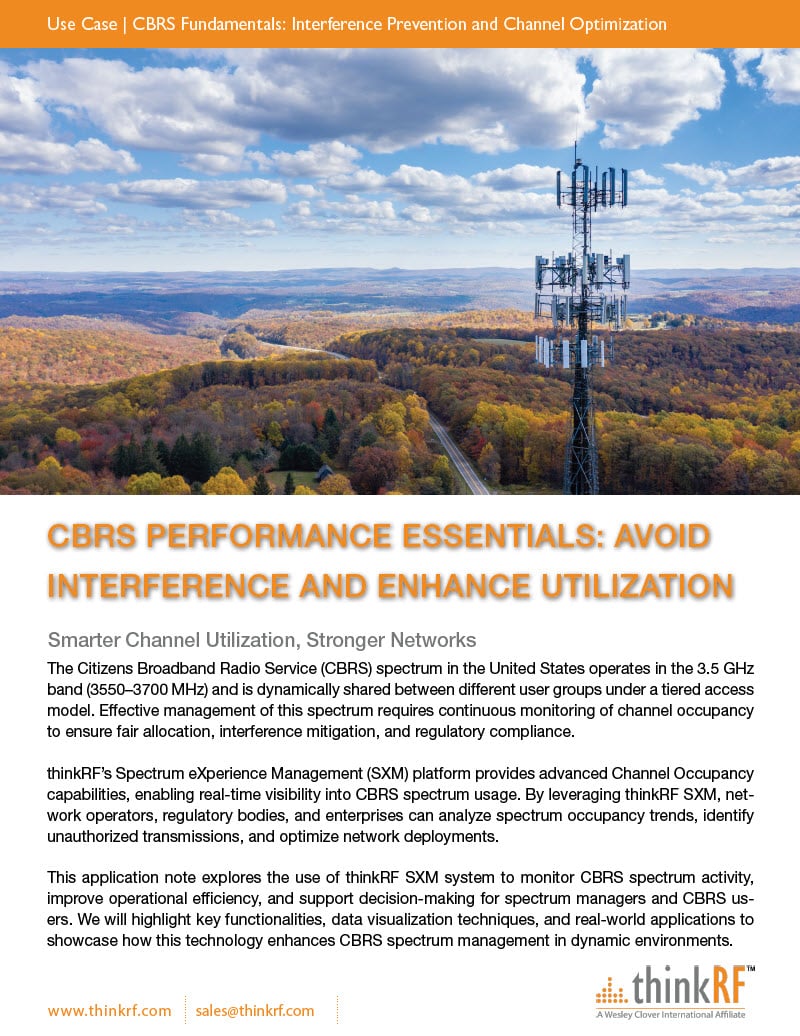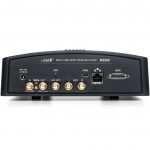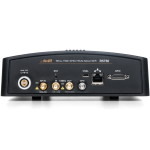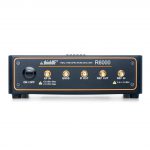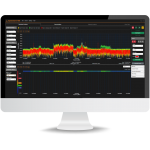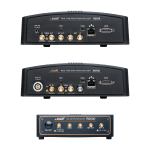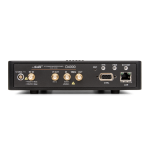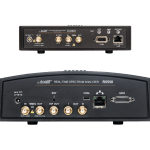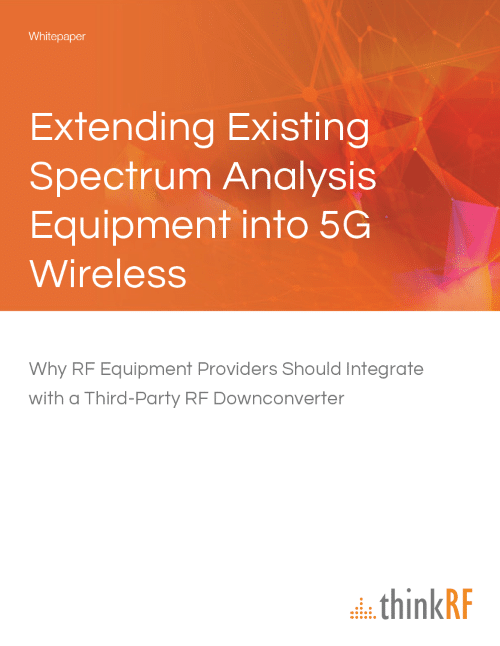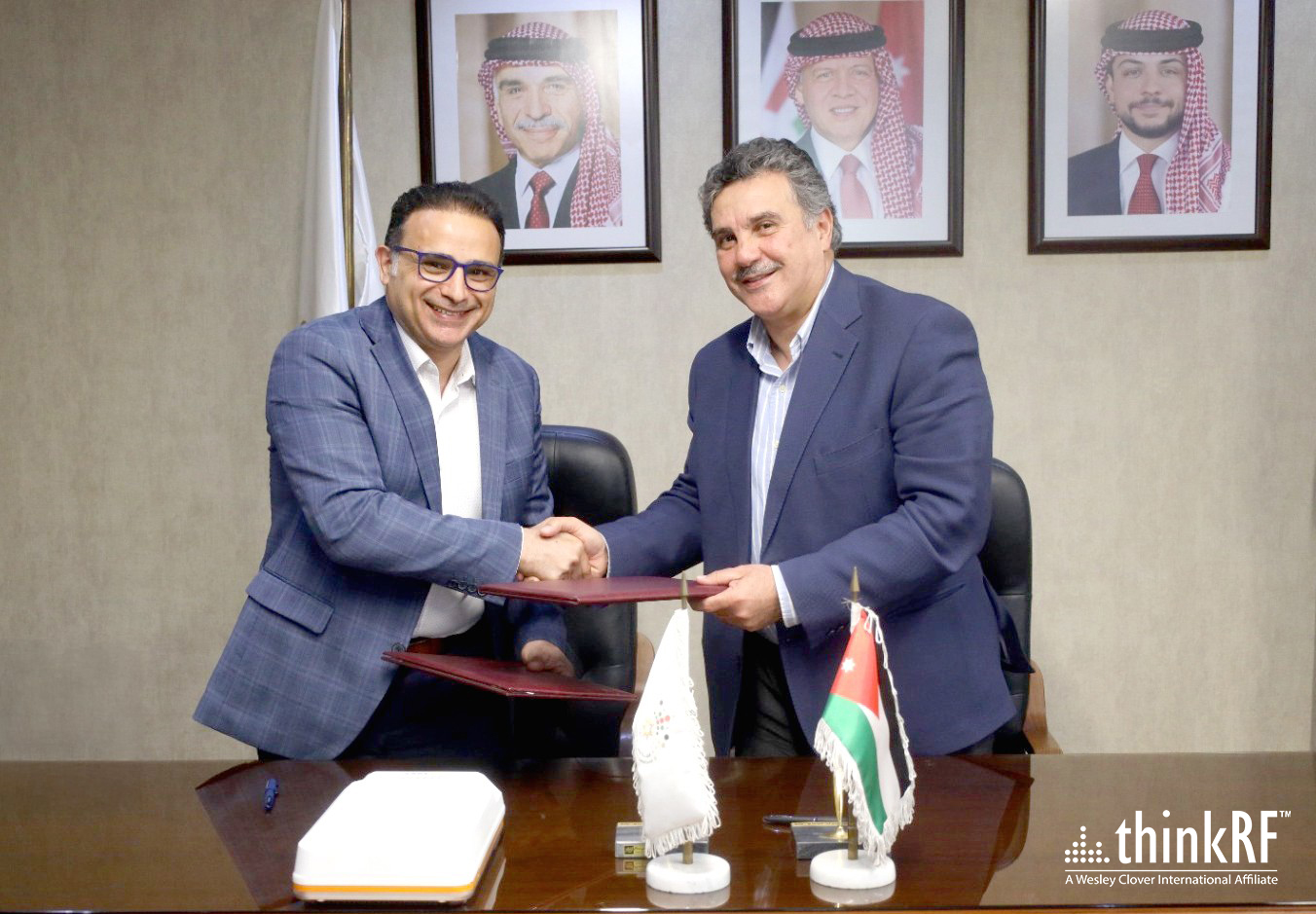For as long as there has been sensitive information there has been a battle between surveillance and counter surveillance technologies – a cat and mouse game with each side desperate to evade and outsmart the other.
As new technologies and methods were developed by malicious actors to capture and transmit information, what was once a difficult, expensive and intensely human process became much easier to do. The proliferation of these easy to operate, low-cost wireless communications technologies has made it relatively simple for governments, rival corporations, or even individuals to deploy surveillance devices, disrupt day-to-day activities, or steal confidential information for a wide range of uses.
In today’s world, securing physical premises and protecting sensitive information is more important than ever. To meet these challenges, experts in technical surveillance countermeasures (TSCM) will need new capabilities of their own. Software-defined spectrum analysis provides another approach to increase the likelihood of detection of transmissions from malicious surveillance devices, allowing them to be found and removed far more quickly than with traditional bug sweeps alone.
[vc_row][vc_column][vc_empty_space][/vc_column][/vc_row][vc_row][vc_column][vc_message message_box_color=”alert-info” icon_fontawesome=”fa fa-file-text-o” css_animation=”left-to-right”]Improve your TSCM capabilities – Download the ThinkRF solution sheet[/vc_message][/vc_column][/vc_row][vc_row][vc_column][vc_column_text]
Improving Physical Security and Protecting Against Unseen Threats
Modern technological and economic development has resulted in a massive reduction in the cost of tracking and listening devices. Anyone with a bank account and an internet connection can purchase powerful surveillance equipment online, and in many cases, use them without any real training.
Listening devices are not only becoming less expensive and more ubiquitous but also more sophisticated, incorporating store-and-forward capability such that captured intelligence is burst transmitted at infrequent and odd hours.
Some examples include dime-sized GPS trackers from as low as $15, FM transmitters less than half an inch long, and wireless microphones or cameras hidden in inconspicuous household and office items such as water bottles or clocks. Computer accessories, phone cases, air fresheners and power plugs are all available with devices to capture information. Each of these could easily be placed in an office environment and hidden out of sight, transmitting data or interfering with operational assets. Undetected, these could severely undermine national security, or leak intellectual property to corporate rivals.
Imagine a worse case scenario in a corporate environment. A mobile jammer operating sporadically could make it appear as though enterprise IT equipment was malfunctioning. During a bug sweep, the jammer could present a red herring to distract TSCM professionals from the real cause. Without continuous coverage of the spectrum to detect the true issue, this could send them on a wild goose chase that wastes valuable hours searching for the transmitter, analyzing data, and deploying maintenance crews to “fix” completely functional equipment. Whether incidents like these are caused by distraught employees or malicious actors, it could take weeks or months to discover the real cause, at a huge cost of time and resources.
Hunting these diverse and increasingly sophisticated devices requires a new and flexible approach that extends capabilities beyond traditional bug sweeps.
Continuous Monitoring for Improved Detection
With software-defined spectrum analysis solutions, TSCM professionals can extend their capabilities with powerful, versatile, and continuous monitoring. Where a team would previously come in for a scheduled sweep, this continuous approach allows professionals to be always “present” and detect sporadic signals or transmissions that may fall outside of regular working hours. Critical facilities such as boardrooms, operations centers, government offices or sensitive compartmented information facilities (SCIFs) can be monitored with complete coverage, 24/7, for a lower cost.
Whether violations are intended, such as a jammer or listening device, or accidental, such as an employee bringing their phone into a restricted area, this level of monitoring is essential to protecting sensitive information from theft.
In contrast to the scenario above, where users are misled by a false signal, multiple software-defined spectrum analyzers could be deployed around a facility to monitor 24/7. Advanced triggering capabilities mean that any signal would be captured and saved for future analysis, and the location of the transmission could be determined to reduce the time required to find the device. Instead of being distracted by the red herring, TSCM professionals would have a complete view of the spectrum and be able to detect the real cause. Working in tandem with existing equipment and traditional bug sweeping techniques, they’d be able to find the jammer and remove it quickly and effectively.
Software-Defined Spectrum Analysis for TSCM
With a software-defined approach to spectrum analysis, TSCM professionals gain greater versatility, better performance, and additional capabilities when protecting facilities and information from both internal and external threats. Governments, corporations, and individuals gain peace of mind that their facility is protected against malicious actors, and that if a bug is placed, it will be detected, found, and removed rapidly. Through continuous monitoring, TSCM professionals can extend their capabilities beyond traditional bug sweeps and get a complete view of the spectrum environment.
ThinkRF is the leader in software-defined spectrum analysis. See how our solutions can be used to increase the likelihood of signal detection to keep facilities and sensitive information secure. Download now.
